
- Shandong Microwave Machinery Co.,Ltd.
- To be the Leader of microwave drying and edible oil refining equipments Manufacturer
Home> Company News> Effects of Different Drying Methods on Oyster Drying Quality and Odor
- AddressNo. 225, Huangqiao Village, Beiyuan, Tianqiao District, Jinan, Shandong, China
- Factory AddressNo. 225, Huangqiao Village, Beiyuan, Tianqiao District, Jinan, Shandong, China
- Phone(Working Time)+86 0531 85064681
- Phone(Nonworking Time)0086-15020017267
- Fax+ 86 0531 85064682
Effects of Different Drying Methods on Oyster Drying Quality and Odor
2019-01-24 15:06:52Absrtact: The effects of hot air drying, microwave drying equipment, vacuum drying and combined hot air and microwave drying on the dry quality of Jinjiang oyster, a special product of Qinzhou, Guangxi, were studied. The color, texture, rehydration rate, shrinkage rate, physical and chemical indexes, sensory quality and energy consumption were compared, and the odor of oyster products dried by different methods was detected by electronic nose.
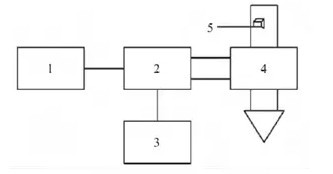
The results showed that different drying methods had significant effects on the color, hardness, rehydration rate, shrinkage rate, physical and chemical quality and sensory organs of oysters, but had no significant effect on the dry elasticity of oysters. Through comprehensive evaluation, it was concluded that hot air microwave combined drying method had obvious advantages in oyster drying. The electronic nose can distinguish the dry odor of oysters with different drying methods. Sensors No. 7, 9, 2 and 6 play a major role in the identification of oyster dry odor.
Key words: oyster microwave drying; quality; odor
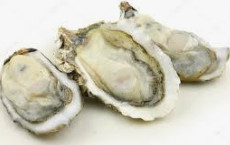
Oysters, also known as oysters and oysters, are delicious and nutritious, and are known as "milk in the sea". Oyster dried products are welcomed by consumers because of their rich nutrition, unique flavor, storage resistance and convenient carrying.
At present, oyster drying mostly uses traditional sunshine method, which is greatly affected by external conditions, low production efficiency and poor sanitary conditions, such as sandy soil, mosquitoes and flies, rainwater, rodents, which will result in lower product quality and added value. Modern drying methods mainly include hot air drying, microwave drying, vacuum drying and vacuum freeze drying. Vacuum freeze drying is difficult to popularize because of large equipment investment and high energy consumption.
At present, the effects of different drying methods on the quality of Tremella fuciformis, jujube, lotus seed and other agricultural products have been more reported, but the research on the effect of oyster quality is less. Yang Zhijuan et al. studied the freeze-drying of oysters and determined the optimum conditions for freeze-drying of oysters.
The microwave drying characteristics of oysters were studied, and the drying kinetics of oysters was established. The above research on oyster drying is aimed at the drying characteristics and technology. However, there is no detailed report on the study of physical and chemical properties, sensory quality and odor of oyster by different drying methods.
This paper compares the effects of four drying methods on energy consumption, color, texture, rehydration rate, shrinkage rate, physicochemical index, sensory and odor of oyster near the river in Qinzhou, Guangxi, in order to obtain the processing characteristics of different drying processes and the feasibility of combined drying of hot air and microwave, in order to improve the product quality. Quality provides technical support.
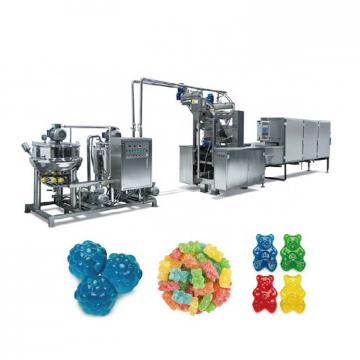 High efficiency food beverage factory stone paper production line
High efficiency food beverage factory stone paper production line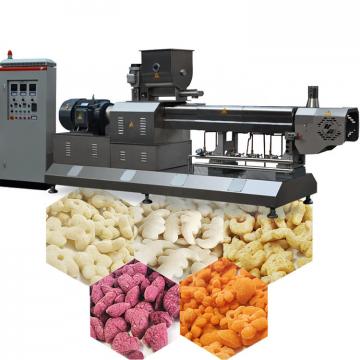 Factory price Fully automatic Machine PP/PS Plastic Sheet Production Line
Factory price Fully automatic Machine PP/PS Plastic Sheet Production Line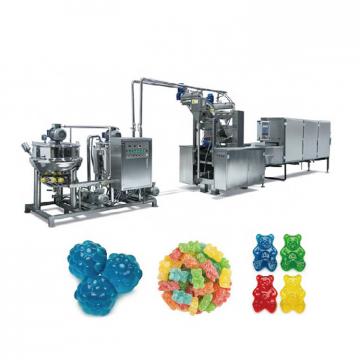 used deformered bar rolling mill production line
used deformered bar rolling mill production line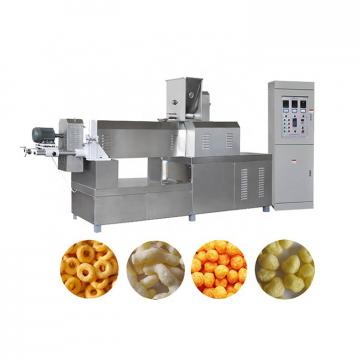 Manufacturing plant automatic factory puffed sticky rice cracker production line
Manufacturing plant automatic factory puffed sticky rice cracker production line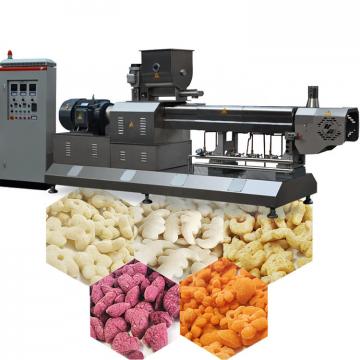 Production Line Pp Ppr Plastic Pipe Making Machine 20-63mm Multi-layer Extrusion Production Line For Water Supply
Production Line Pp Ppr Plastic Pipe Making Machine 20-63mm Multi-layer Extrusion Production Line For Water Supply